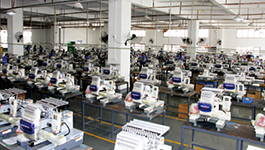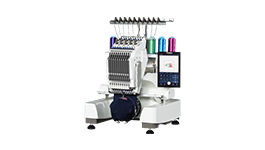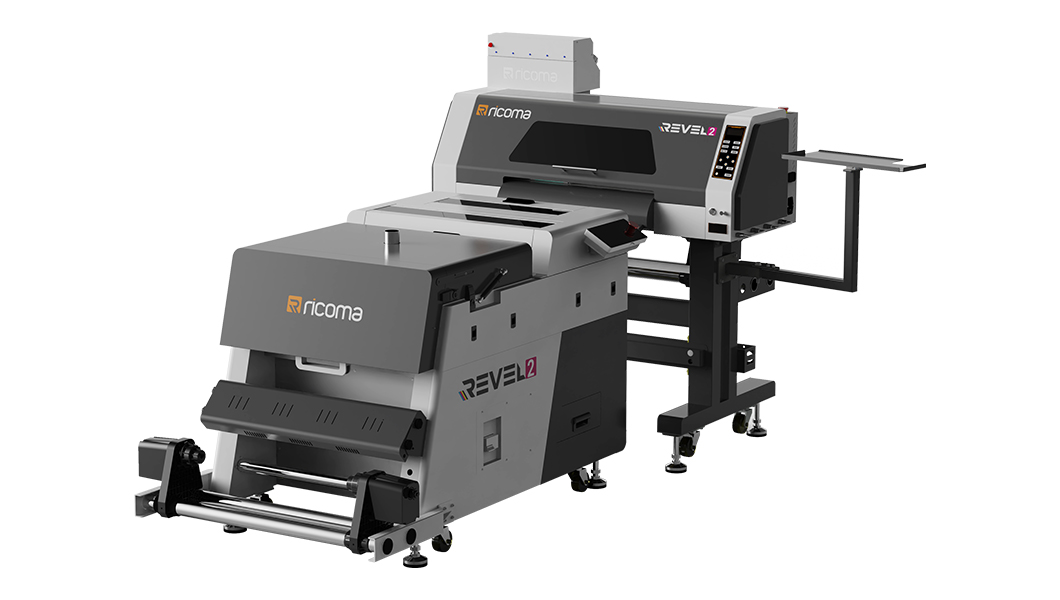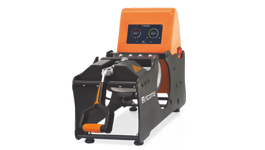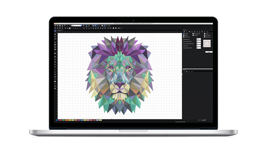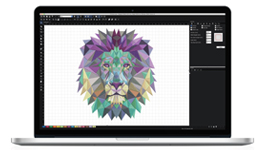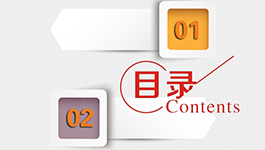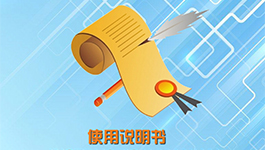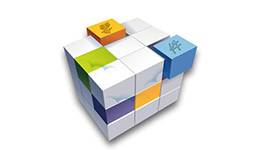
What Embroiderers Wish They Knew Before Starting Their Business | Apparel Academy
Date:2022-06-20 Browse:1525
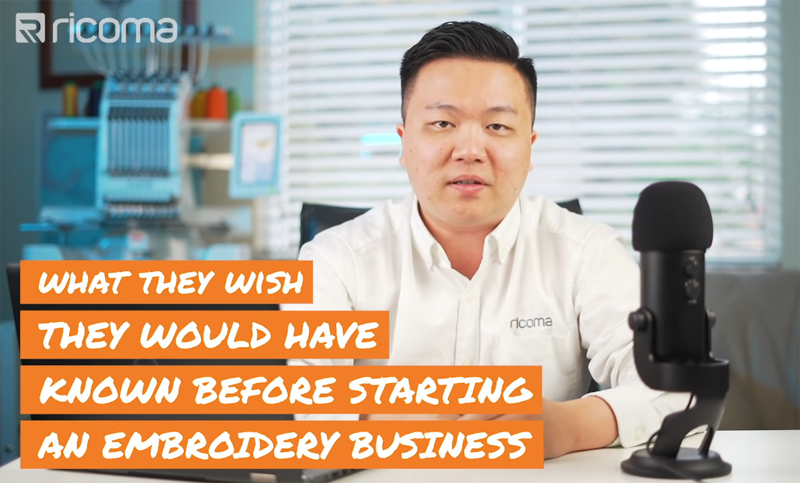
https://www.youtube.com/watch?v=CsQVYAw8dAM&list=PLDzOvY3HejtTN68cg-kxwqWVQn7cwaAAf&index=102
If you want the best embroidery business tips, check out this episode of Apparel Academy, where Henry talks about what embroiderers wish they knew before starting their businesses. It's essential to have an embroidery business plan before jumping right into the custom apparel world, so use these tips to ensure your future custom embroidery shop is a success.
Want to digitize your own designs? Ricoma machines come with free digitizing software, Chroma, that is compatible with both Mac and PC. Check it out here: https://ricoma.com/US/software/chroma Want to learn how to properly price your embroidery orders based on a proven time-based formula? Check out the video here: https://www.youtube.com/watch?v=PuF5h...
Want to start your business with a multi-head or upgrade to grow your business? Check out our multi-heads here: MT-1502 (2-head):
MT-1502 (2-head): https://ricoma.com/US/machine/mt-1502
CHT2 (4-12 heads): https://ricoma.com/US/machine/cht2-se...
Want more content like this? Check out What Embroiderers Wish They Knew Before Starting Their Business Part 2 here: https://www.youtube.com/watch?v=3UnvG...
Join our Facebook Embroidery & Custom Apparel Mastery Group: https://www.facebook.com/groups/embro... Join the Ricoma newsletter for educational blogs, videos, and live webinars:
Join the Ricoma newsletter for educational blogs, videos, and live webinars: https://info.ricoma.com/newsletter
To learn more, schedule a virtual demo today: https://ricoma.com/US/virtual-demo
Get our latest Ricoma embroidery YouTube videos sent straight to your Facebook Messenger: https://manychat.com/l2/RiCOMA.us
To learn more about our embroidery machines, visit our website: https://ricoma.com/US
-- What Embroiderers Wish They Knew
#1 Digitizing: The process of turning an image into a stitch file that an embroidery machine can read. This must be done with digitizing software, but has a learning curve like other graphic software. You can either do this yourself in-house or outsource this to a professional digitizer that can do this for a small charge. We recommend outsourcing at first so that you can focus on learning the craft. When you grow, you can gradually learn the software in order to keep more profits in-house and have more control over the quality of the digitizing and the turnaround time.
#2 Pricing: $1 per 1,000 stitches is what embroiderers think of when pricing their items. This method can cause you to underprice your items and undersell yourself. If you only take into account the number of stitches in the design, then you are not accounting for the time it takes to embroider and set up. Some designs take longer to set up and embroider such as caps versus flat items because of the setup time and the speed that the machine should run to embroider caps well. You need to a target hourly profit and work backwards from there. Understand how many items you can embroider in that hour and divide your hourly profit goal by that number. Then add your hard costs like supplies, digitizing and the cost of the blank item. You then arrive at your target price.
#3 Start out with a machine you can grow into so you don't limit yourself. Many people are limited by a single-head and outgrow it quickly. The key is to plan ahead. Consider the embroidery area, the speed and the number of heads so that you can embroider more than one item at a time. Consider the demand that you will receive 3-6 months down the line. Don't limit yourself and lose business by not thinking ahead. Mitigating the risk upfront is understandable, but if you are confident in your ability to grow your business, then make the right decision now to mitigate the risk down the line. Consider a combination of a single-head and a multi-head. Trading in your single-head for a multi-head gives you less flexibility to take on personalized, smaller orders and the ability to samples for your customers. On a multi-head, you will have to turn off a head to run a sample and that will decrease your productivity.
What Embroiderers Wish They Knew
#1 Digitizing: The process of turning an image into a stitch file that an embroidery machine can read. This must be done with digitizing software, but has a learning curve like other graphic software. You can either do this yourself in-house or outsource this to a professional digitizer that can do this for a small charge. We recommend outsourcing at first so that you can focus on learning the craft. When you grow, you can gradually learn the software in order to keep more profits in-house and have more control over the quality of the digitizing and the turnaround time.
#2 Pricing: $1 per 1,000 stitches is what embroiderers think of when pricing their items. This method can cause you to underprice your items and undersell yourself. If you only take into account the number of stitches in the design, then you are not accounting for the time it takes to embroider and set up. Some designs take longer to set up and embroider such as caps versus flat items because of the setup time and the speed that the machine should run to embroider caps well. You need to a target hourly profit and work backwards from there. Understand how many items you can embroider in that hour and divide your hourly profit goal by that number. Then add your hard costs like supplies, digitizing and the cost of the blank item. You then arrive at your target price.
#3 Start out with a machine you can grow into so you don't limit yourself. Many people are limited by a single-head and outgrow it quickly. The key is to plan ahead. Consider the embroidery area, the speed and the number of heads so that you can embroider more than one item at a time. Consider the demand that you will receive 3-6 months down the line. Don't limit yourself and lose business by not thinking ahead. Mitigating the risk upfront is understandable, but if you are confident in your ability to grow your business, then make the right decision now to mitigate the risk down the line. Consider a combination of a single-head and a multi-head. Trading in your single-head for a multi-head gives you less flexibility to take on personalized, smaller orders and the ability to samples for your customers. On a multi-head, you will have to turn off a head to run a sample and that will decrease your productivity.





